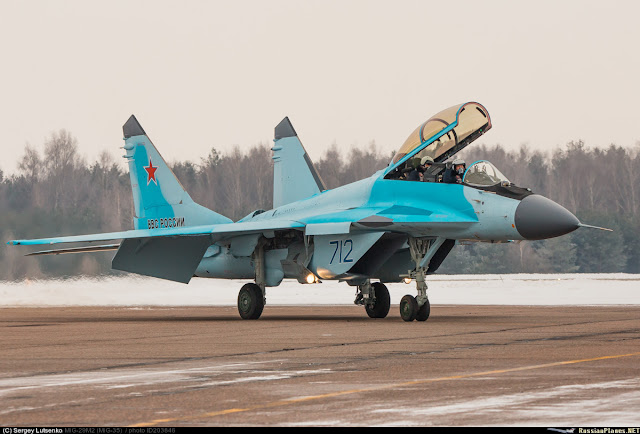The Austrian
government is going to sue Airbus and Eurofighter. An investigation had proved
that these companies had misled Austria "with fraudulent intent"
regaring the purchase price, the deliverability and the equipment of the
fighters.
This is not
surprising as the acquisition of the type has been an ongoing scandal. When the
competition to replace the Saab Draken was launched the Gripen was the
favourite. Austria had operated Swedish fighters for decades and it was a low
cost aircraft that fitted very well the requirements. Other politicans
preferred the F-16 or MiG-29, which were cheaper. Russia offered MiG-29SMT in
exchange for the Russian debt with Austria.
The F-16,
Gripen and EF-2000 were selected as finalists. Initially it was expcted to buy
30 aircraft (24 single seats and 6 two-seaters), but the requirement was
reduced to 24 due to cost. In 2002 the EF-2000 won and was selected. It was
nothing surprising as it was the most powerful model. However, questions arose
due to the cost and real need of it. Austria is a neutral country wiht a small
airspace. The decission was justified beacuse the Gripen offer was only 3-4%
cheaper, and the f-16 did not have some of the equipment required.
The first
contract was supposed to be for 24 fighters at a cost of 1790 million euros.
Later on it became clear that the figure was too low, and the real price would
be 2085 millions. The floodings Austria suffered in 2002 affected the contract.
It was reduced to 18 aircraft for 1959 millions. Final decision would be taken
after the 2003 election.
Austrian EF-2000.
The bribes
were the other big issue. Lobbies were not allowed to make presents/donate to
officials involved in the selection process, but payments were made. The
government had to organise an investigation. The wife of the Air Force
commander, Generalmajor Erich Wolf, received a loan worth 87000 euro which was
never paid back. Companies owned by FPO politician Gernot Rumpold received 6.6
millioon euros worth of contracts. Erich Deutsch, minister of defence, went on
holidays a few times with all expenses covered.
At some
point there was talk of cancelling the contract, but this would hav costed
1.500 million euros. Finally the minister of defence Norbert Darabos signed the
contract without waiting for the results of the probe. At the end just 15
aircraft were acquired for 1589 million euros.
- 9 new
aircraft belonging to Block 5.
- 6
belonging to Luftwaffe, belonging to Block 2/2b.
The second
hand samples were modernised to Block 5 standard. To reduce the cost some
equipment was not acquired (Pirate and MAW). The aircraft are not able to use
AMRAAM missile; missions are carried out with gun and IRIS-T.
The signing
of the contract did not stop the criticism. According to some critics, the
savings had been obtained by reducing the equipment and number of hours to be
flown. Also, the contract's offsets (200%) were difficult to quantify.
In my
opinion another problem in the deal is that the aircraft belong to Tranche 1.
Originally they were supposed to be the more modern Tranche 2. The operators of
Tranche 1 are not going to upgrade this variant as it is too expensive.
References:











































